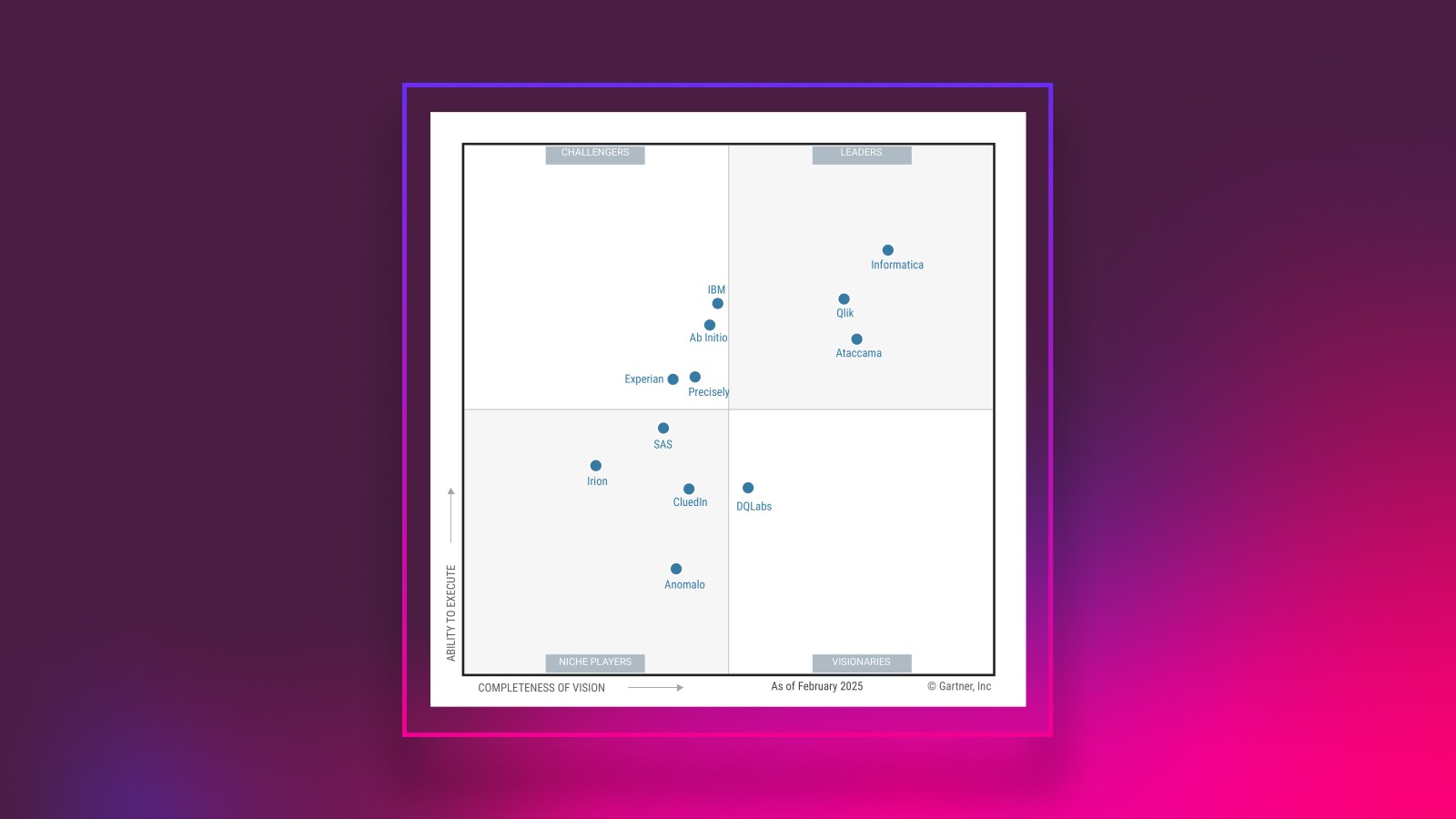What is data integration? Definition and example
When a company takes data from multiple separate business systems and combines them into a single unified view, that is called data integration. All of this data will become accessible from the same database, allowing for easier connections of disparate data, completion of incomplete records, and a more holistic view of the organization’s data assets.
Suppose you were performing data integration on delivery data for a warehousing company. You would take the separate delivery data from all of the company’s locations (branches) and combine it into a singular record that is accessible to anyone that needs it
Data integration can be complicated. It involves preparing all the moving data into a format acceptable to the destination system. Business rules need to be carefully defined to determine how to match data records to one another. Timeliness is essential to ensure that changes occurring on source systems also appear in the data warehouse. It requires an adept data management platform and a lot of time and patience to perform correctly.
Having access to all the data you need when you need it is an excellent advantage for any data-driven organization. Data integration makes gaining that level of access much easier because all of your essential data will be available in one place.
David Lazar
David is the Head of Digital Marketing at Ataccama, bringing eight years of experience in the data industry, including his time at Instarea, a data monetization company within the Adastra Group. He holds an MSc. from the University of Glasgow and is passionate about technology and helping businesses unlock the full potential of their data.






